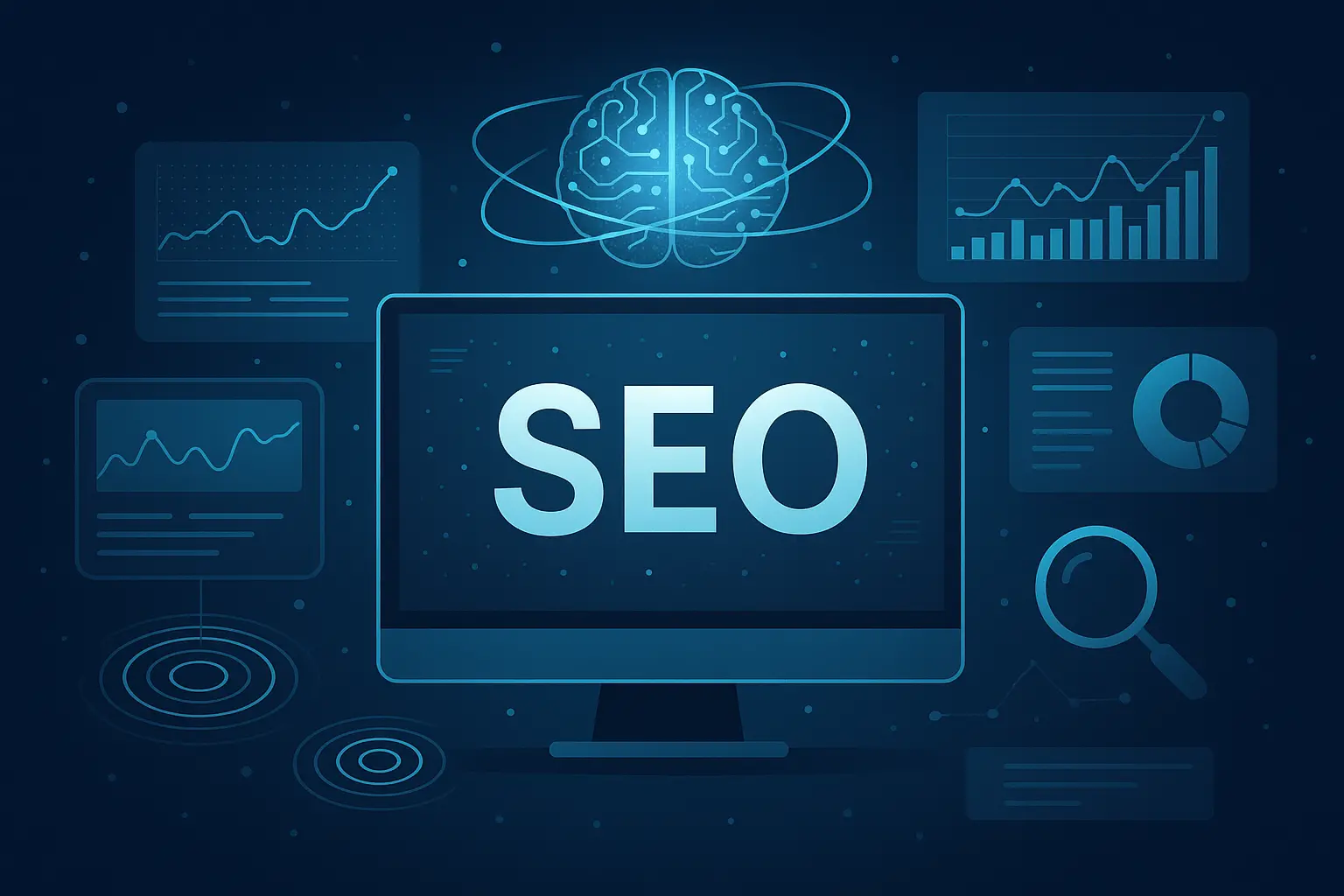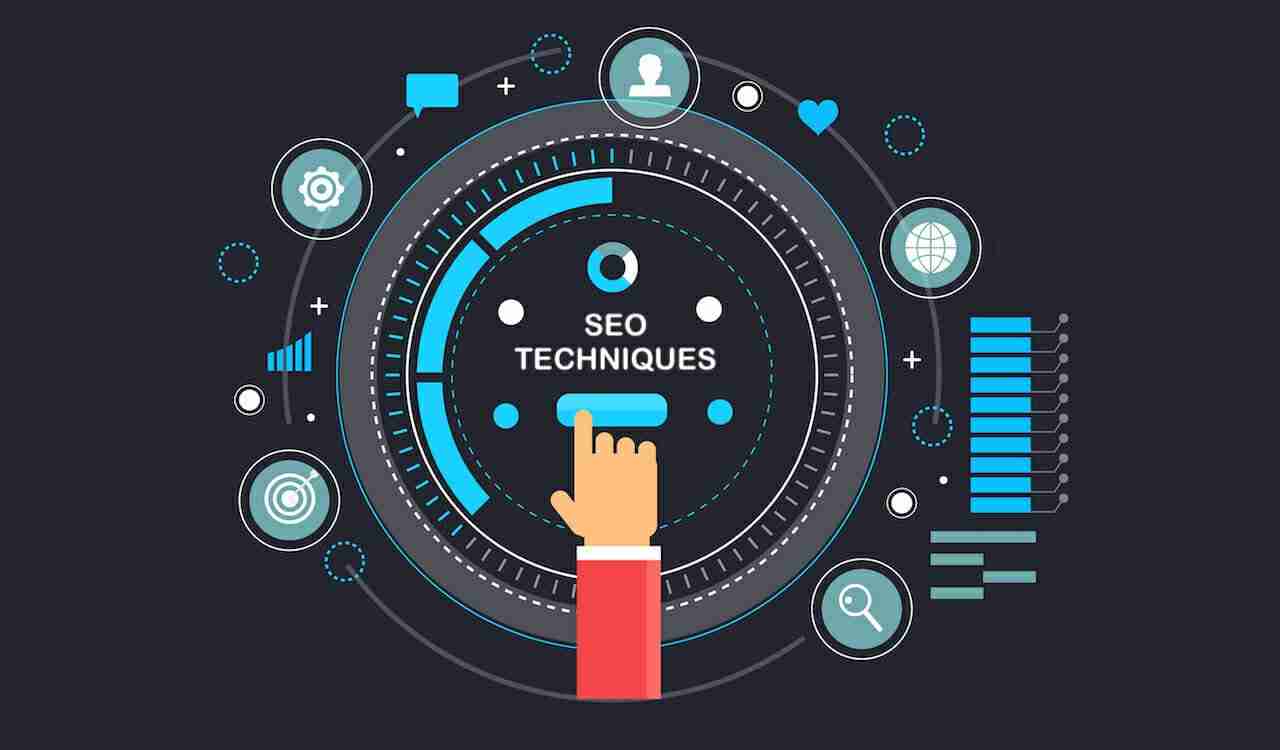
What Are the Main Types of Websites and How Do They Influence Development Costs?
The website type determines baseline complexity, required features, and development hours. This all influences the web development costs. A simple brochure site demands minimal coding, while an enterprise web application involves extensive custom modules. For example, a five-page informational site typically costs under $3,000, whereas a complex e-commerce platform with user accounts, payment processing, and inventory management can exceed $50,000. Understanding these categories lays the foundation for realistic budgeting .
Common website types include: themes .
-
***Basic Informational Sites ***: Brochure-style pages, contact forms, company profile
-
***E-commerce Platforms ***: Product catalogs, shopping carts, payment gateways
-
***Corporate Websites ***: Brand-focused layouts, employee portals, media sections
-
***Startup MVPs ***: Lean feature sets, rapid deployment, scalability considerations
-
***Web Applications ***: Custom functionality, user roles, real-time data processing
These distinctions guide project scope and cost estimates , preparing you to match your goals with appropriate investment levels.
How Does a Basic Website Compare to a Custom Website in Cost?
A basic website relies on pre-built themes and standard plugins, keeping development time under 40 hours and costs between $1,000 and $5,000. Custom websites involve unique layouts, bespoke functionality, and tailor-made front-end code, often requiring 100+ hours and budgets from $10,000 to $50,000. Custom design elevates brand impact but increases project scope and hourly rates.
What Are the Typical Costs for E-commerce Website Development?
E-commerce sites demand inventory management, secure checkout, and payment integration , which typically add 60–200 development hours.
Basic online stores often start at $5,000, while mid-level solutions range from $15,000 to $40,000. Enterprise-grade platforms with advanced features, third-party integrations, and performance optimization can exceed $100,000.
| ***Feature*** | ***Attribute*** | ***Cost Range*** |
| *Shopping Cart* | *Basic Integration* | *$1,000–$3,000* |
| *Payment Gateway* | *PCI-Compliant Setup* | *$2,000–$5,000* |
| *Inventory Management* | *Custom or Plugin-Based* | *$1,500–$4,000* |
| *Order Tracking* | *Real-Time Status Updates* | *$2,000–$6,000* |
| *Advanced Reporting* | *Data Analytics Dashboard* | *$3,000–$8,000* |
Building a clear breakdown of e-commerce features ensures transparent expectations and aligns budget with functionality.
OuterBox, eCommerce Website Pricing (2025)
How Do Corporate and Startup Websites Differ in Pricing?
Corporate websites often emphasize brand guidelines, multimedia galleries, and internal communication tools, resulting in budgets from $10,000 to $60,000. Startups prioritize minimum viable products (MVPs) to validate markets, with streamlined features costing between $3,000 and $20,000. Corporate projects may include dedicated QA phases, compliance audits, and stakeholder review cycles that increase cost and timeline.
What Factors Affect the Cost of Web Application Development?
Web applications require custom databases, user authentication, role-based access, API endpoints , and often real-time data processing. Complexity factors include:
-
Number of user roles and permissions
-
Data model intricacy and relational schemas
-
Third-party service integrations (e.g., payment, analytics)
-
Real-time functionality (WebSockets, push notifications)
-
Scalability and microservices architecture
Each factor adds development, testing, and deployment hours, impacting total project cost significantly.
How Does Design Complexity Impact web development Costs?
Design complexity encompasses the level of visual customization, motion graphics, interactive elements, and responsive behaviors. Highly bespoke interfaces require specialized front-end frameworks, custom animations, and extensive cross-device testing, extending development time by 20–50%. Conversely, template-based designs reduce hours but may limit brand differentiation .
Key aspects of design complexity include:
-
***Custom Graphics and Animations ***– Unique illustrations or motion design
-
***Responsive Frameworks ***– Multiple breakpoints and device optimizations
-
***Interactive Elements ***– Parallax scrolling, dynamic content loading
-
***UI/UX Prototyping ***– Wireframes, user testing, iterative refinements
What Is the Cost Difference Between Custom Design and Template-Based Design?
Custom design offers pixel-perfect branding and unique user journeys at $5,000–$20,000 extra, while template-based layouts typically incur $500–$2,000 for theme licensing and minor tweaks.
| ***Entity*** | ***Attribute*** | ***Value (Hours)*** |
| *Custom Design* | *Design Hours* | *80–200* |
| *Template-Based Design* | *Setup & Tweaks* | *10–40* |
| *Design Revision* | *Iteration Cycles* | *5–10 cycles* |
Choosing the right balance between originality and budget ensures you get a signature look without overshooting your development cost plan.
How Does Responsive Design Affect Your Budget?
Responsive design guarantees consistent user experiences on mobile, tablet, and desktop. It adds approximately 20–40% more hours for layout adjustments, breakpoint definitions, and cross-device QA testing. Projects with complex grids or custom components may require extra frontend engineering to maintain performance across devices. Prioritizing mobile-first strategies helps control time spent on redesign later .
Why Is UI/UX Design Important for Cost and User Experience?
UI/UX design enhances user satisfaction and conversion rates by improving navigation flow, accessibility, and visual hierarchy. Investing $3,000–$10,000 in dedicated UI/UX research and prototyping can reduce development revisions by up to 30% and boost engagement metrics. Superior user experience often translates to lower support costs and higher return on investment .
Worxwide Consulting, User Experience Design-Cost, Trends, & Benefits (2023)
Which Features and Functionalities Most Influence web development Pricing?
Each additional feature—whether a payment gateway or custom CMS—adds integration work, testing, and documentation hours. Understanding the development effort behind each capability helps you prioritize features that deliver maximum ROI without inflating costs unnecessarily.
Important cost-driving features include:SEO-techniques/"> important off-page SEO techniques
-
Payment Gateway Integration
-
Content Management Systems (CMS)
-
Third-Party API Connections
-
User Authentication & Security
-
Custom Search & Filtering Tools
How Much Does Payment Gateway Integration Cost?
Payment gateways such as Stripe or PayPal require secure API setup, fraud prevention, and compliance checks. Integration typically costs between $2,000 and $6,000 , depending on the number of currencies, subscription billing, and custom checkout flows.
What Are the Costs of CMS Implementation Across Platforms?
CMS selection drives licensing , theming, and plugin development hours.
| ***Entity*** | ***Attribute*** | ***Value (USD)*** |
| *WordPress* | *Setup & Theme Custom* | *$1,500–$5,000* |
| *Shopify* | *Store Configuration* | *$2,000–$8,000* |
| *Custom CMS* | *Build from Scratch* | *$10,000+* |
Choosing a suitable CMS balances flexibility and cost, with open-source solutions offering lower upfront fees and proprietary systems delivering integrated support.
How Do Third-Party API Integrations Affect Development Time and Cost?
Integrating services like CRM, social logins, or mapping APIs involves authentication protocols, data mapping, and rate-limit handling. Each new API typically adds 10–30 hours of development and testing, costing $1,000–$4,000 per integration depending on complexity.
What Is the Cost of User Authentication and Database Setup?
Secure user login systems, role management, and database schemas require careful architecture to prevent vulnerabilities. Authentication modules usually take 20–50 hours and $2,000–$6,000, while complex data models and backup strategies can add an extra 15% to backend costs.
How Do Development Team Choices Affect Your Web Project Budget?
Selecting the right team structure—freelancer, agency, or in-house—shapes hourly rates, communication overhead, and quality assurance processes. Aligning your project’s needs with the appropriate talent pool optimizes cost without sacrificing expertise .
Typical team options:
-
Freelancers – Lower rates, variable availability
-
Agencies – Project management, full-stack teams
-
In-House Staff – Dedicated resources, overhead costs
Around, How Much Does It Cost to Hire a Development Team?
What Are the Cost Differences Between Freelancers, Agencies, and In-House Teams?
| ***Entity*** | ***Attribute*** | ***Value*** |
| *Freelancers* | *Hourly Rate* | *$30–$80/hr* |
| *[BKThemes](https://bkthemes.design)* | *Hourly or Fixed* | *$40-$95/hr* |
| *Agencies* | *Hourly Rate* | *$75–$180/hr* |
| *In-House Team* | *Annual Salary + Overhead* | *$60K–$120K/yr* |
How Does Developer Experience Influence Hourly Rates and Project Cost?
Senior developers command $100–$180 per hour for complex architecture and performance optimization, while junior developers cost $30–$60 per hour for routine tasks. Balancing experience levels reduces costs without compromising crucial system stability .
How Does Geographical Location Affect web development Pricing?
Location drives wage benchmarks :
-
***North America & Western Europe **: $75–$180/hr
BKThemes workers averages around $90/hr. * -
***Eastern Europe & Latin America ***: $40–$80/hr
-
***Asia & Africa ***: $25–$60/hr
ConsiderSEO-techniques/"> time zones and communication overhead when selecting offshore teams to avoid hidden expenses.
What Are the Typical Project Management and Quality Assurance Costs?
Project management and QA often add 10–20% to total cost. Tasks include sprint planning , status reporting, test case development, and regression testing. Allocating a dedicated 5–15 hours per week to coordination and validation ensures deliverables meet specifications without excessive rework.
What Are the Ongoing Costs After Website Launch and How Do They Affect Your Budget?
Once live, your website requires recurring investments to maintain performance, security, and visibility. Ignoring these can lead to outages, vulnerabilities, and lost traffic—ultimately costing more than initial development .
Key ongoing expenses include :
-
Hosting & Domain Renewal
-
SSL Certificates & Security Updates
-
Regular Maintenance & Backups
-
SEO & Digital Marketing Services
Hostinger, Website maintenance cost (2025)
How Much Do Website Hosting and Domain Names Typically Cost?
Shared hosting often starts at $5–$25 per month, while managed VPS or cloud hosting can run $50–$250 monthly. Domain registration fees range from $10 to $50 per year depending on TLD popularity.
What Are SSL Certificate and Security Maintenance Costs?
SSL certificates cost $0–$200 annually, with premium EV certificates at $100–$300/year. Regular security audits, firewall management, and patching can add $50–$200 monthly for small sites and $500+ for high-traffic platforms.
How Much Should You Budget for Regular Website Maintenance?
Routine updates, plugin upgrades, content tweaks, and performance checks typically cost $200–$1,000 per month for small to mid-sized sites. Enterprise-level maintenance, including 24/7 monitoring and rapid incident response , can exceed $5,000 monthly.
Why Is SEO and Digital Marketing an Important Part of Ongoing Website Costs?
Continuous SEO, content marketing, and paid campaigns drive sustained traffic growth. Monthly retainers for SEO range from $500 to $5,000, while PPC advertising budgets often start at $1,000 per month. These efforts maximize long-term ROI by improving visibility andSEO-techniques/"> conversion rates .
What Hidden Costs Should You Consider When Planning Your web development Budget?
Beyond the visible line items, several often-overlooked expenses can inflate your total spend if not anticipated. Factoring these in early prevents budget overruns and helps you plan for sustainable growth.
How Do Scalability and Future-Proofing Impact Initial and Long-Term Costs?
Building with modular architecture and cloud infrastructure adds 10–20% to upfront costs but reduces future refactoring expenses. Planning forSEO-strategies-how-to-enhance-your-online-presen"> scalable databases , microservices, and containerization avoids costly rewrites as traffic or feature sets expand.
What Are the Costs of Content Creation and Management?
High-quality copywriting, photography, and video production can range from $100 to $300 per page or asset. Ongoing content updates, editorial calendars, and translation services introduce additional fees that should be reserved in your annual budget.
How Can Unexpected Delays or Scope Changes Affect Your Budget?
Scope creep and delays often result in 15–30% higher costs due to extended resource allocation. Implementing clearSEO-techniques/"> change-order processes , detailed requirements documentation, and milestone-based approvals helps contain these risks.
How Can You Effectively Manage and Reduce web development Costs Without Sacrificing Quality?
Effective cost management hinges on clear scope definition, strategic feature prioritization, and collaborative communication . These practices streamline development, minimize revisions, and ensure you invest where it matters most.
What Are Best Practices for Defining Project Scope to Control Costs?
-
Draft a detailed requirements document with features, user stories, and acceptance criteria.
-
Establish fixed-price milestones tied to deliverables.
-
Conduct early prototyping and stakeholder reviews to catch misalignments.
Well-defined scope reduces ambiguity and keeps both teams aligned on budget and timeline .
How Can Choosing the Right Features Optimize Your Budget?
Prioritize high-impact features based on user needs and business goals. A phased rollout—starting with core functionality and adding enhancements later—spreads costs and validatesSEO"> ROI before scaling .
When Is It Beneficial to Use Templates or Pre-Built Solutions?
Using reputable frameworks or page builders accelerates launch and trims costs by 30–50%. Opt for templates when brand uniqueness is secondary to speed and budget, then layer custom elements incrementally. You can also consider why speed should be your top priority .
How Can Transparent Communication with Your Development Team Save Money?
Regular progress updates, weekly standups, and open feedback channels catch issues early and prevent rework. Shared project dashboards and collaborative tools foster accountability, reducing budget overruns by up to 20%.
What Are the Most Frequently Asked Questions About web development Costs?
Clients often seek direct cost benchmarks and key cost drivers to inform budgeting conversations. Below are concise answers to the top inquiries that shape every website investment decision.
How Much Does It Typically Cost to Build a Website?
Professional website costs range from $1,000 to $50,000+ depending on complexity. Basic informational sites average $1,500–$5,000, corporate portals $10,000–$60,000, and full-scale e-commerce or web applications can exceed $100,000.
What Factors Most Influence web development Pricing?
The primary cost drivers include project scope and complexity, design customization, selected features (CMS, payment, integrations), development team rates, and ongoing maintenance commitments .
How Much Does Website Maintenance Usually Cost?
Maintenance retainer fees span $200 to $5,000 per month, covering updates, security monitoring, backups, performance checks, and minor content changes .
What Is the Average Cost of an E-commerce Website?
E-commerce development typically falls between $5,000 and $150,000. Simple stores start at $5,000, while customized platforms with advanced reporting and integrations often range from $25,000 to $80,000. With BKThemes, E-commerce starts at $2500 and can go up to $25,000.
How Much Do Web Designers Charge Per Hour?
Hourly rates vary by expertise and location: junior designers charge $30–$60, mid-level professionals $60–$100, and senior or specialized experts $100–$180 per hour. For more details on web development, visit *web development cost breakdown* .
Partnering with a seasoned agency streamlines your path from concept to launch. At BKThemes, our transparent pricing and tailored solutions ensure you invest wisely and achieve maximum ROI. Contact us today for a customized quote and take control of your web development budget with confidence.
web development costs can range from a few thousand to six figures, making budget clarity essential for every stakeholder. In this guide, you’ll discover what are the key factors that affect *web development* costs for your project and how to anticipate expenses based on website type, design complexity, feature set, team selection, ongoing maintenance, hidden fees, and cost-control strategies. You’ll learn:
-
How different website types drive price variation
-
The impact of custom design, responsive layouts, and UI/UX standards
-
Which features—payment gateways, CMS, API integrations—add the most hours
-
How freelancer, agency, and in-house rates compare
-
What recurring hosting, security, and marketing investments to plan
-
Hidden expenses like scalability planning and content creation
-
Practical methods to manage scope, prioritize features, and maintain transparent communication
By mapping these cost drivers, you’ll be equipped to request accurate quotes, optimize your budget, and partner confidently with a development agency like *BKThemes's web design web development services* .
📧 Stay Updated
Get the latest web development tips and insights delivered to your inbox.




